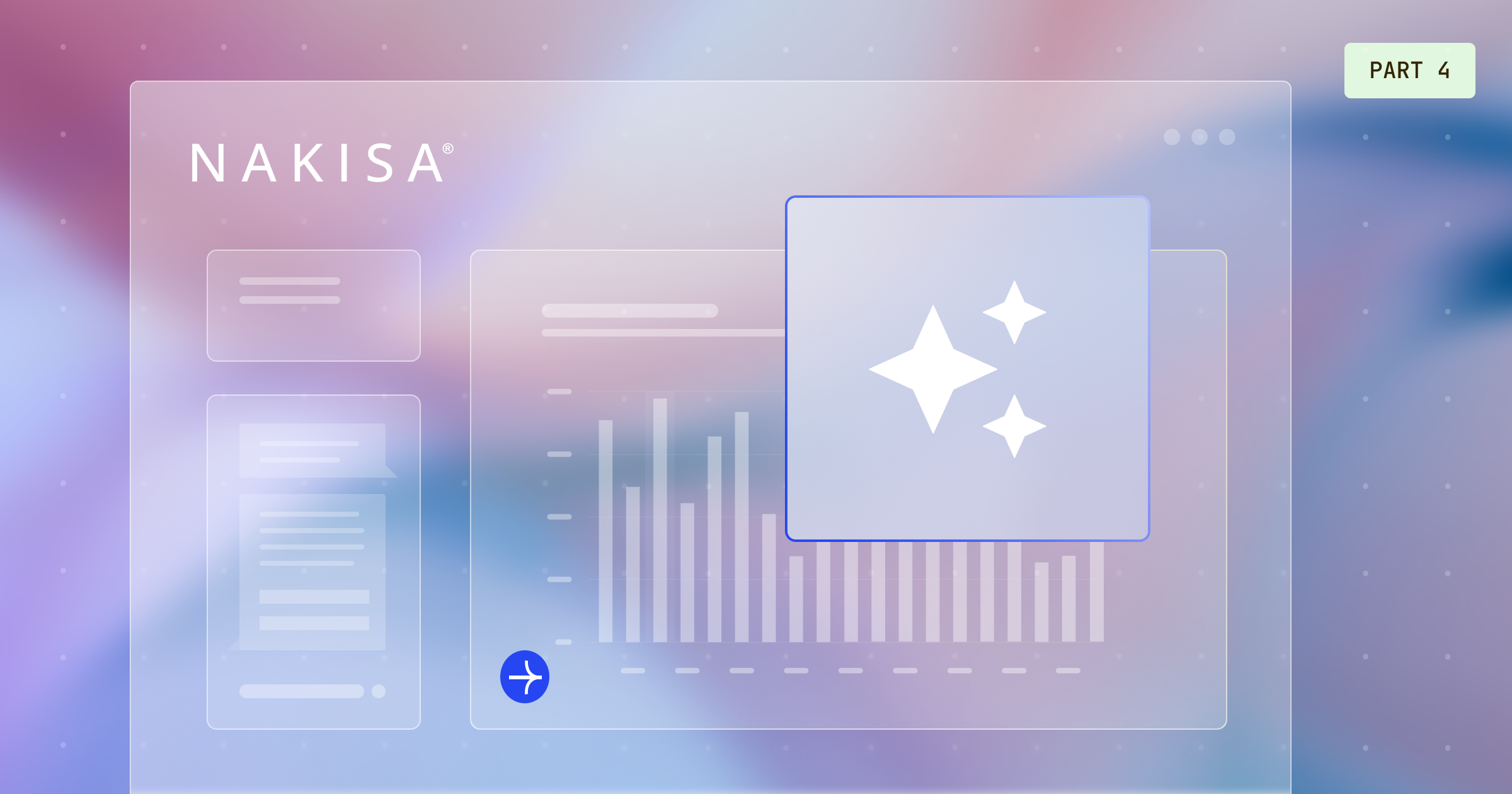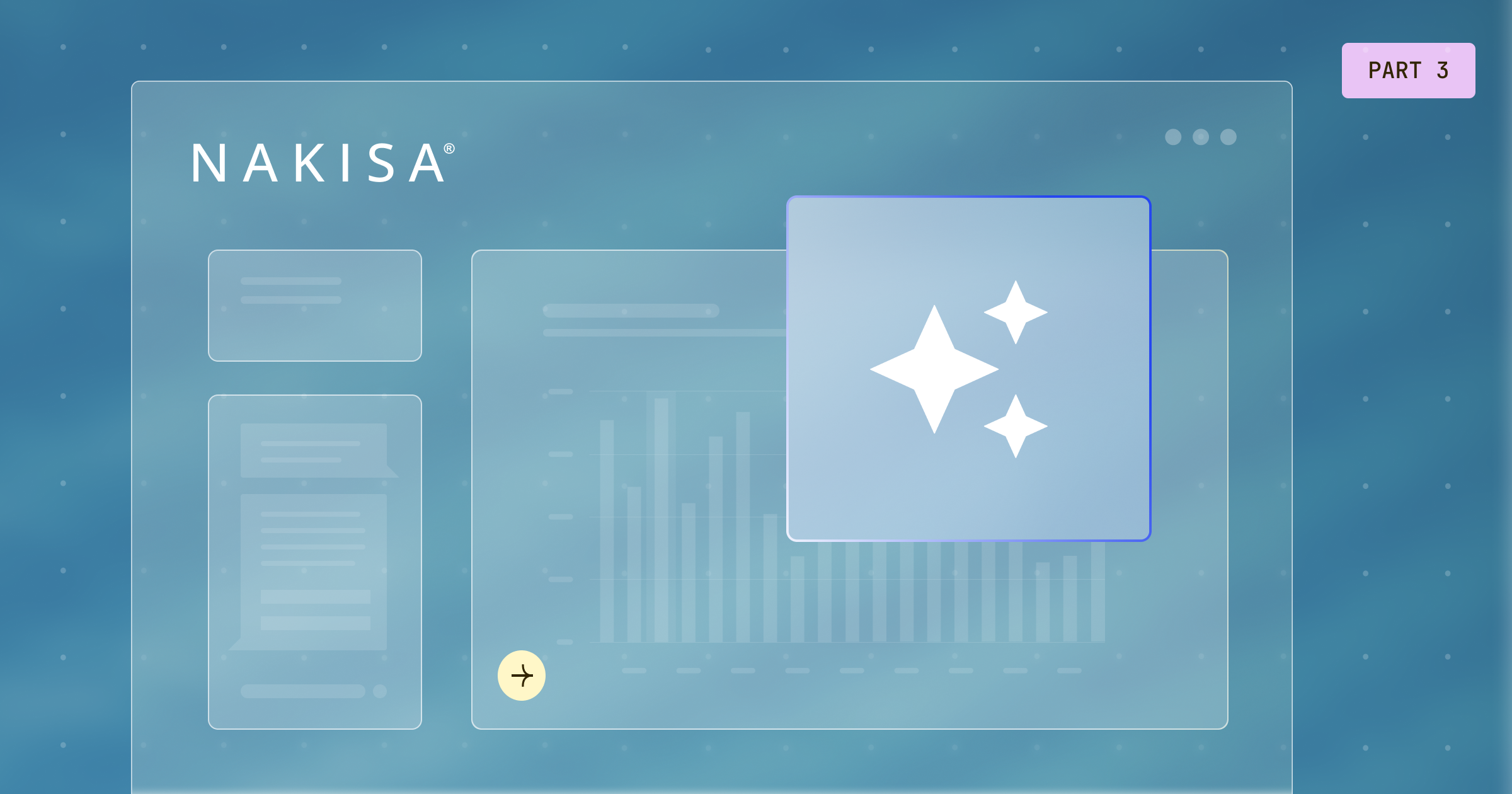HR needs to leverage workforce analytics in order to confidently transform the organization in a way that aligns with business strategy. Insights gained from analytics will be key in transforming HR leaders into strategy partners. Unfortunately, most enterprise businesses today have difficulty understanding their workforce information. To gain a competitive edge, organizations need to be able to consolidate, visualize, and analyze their workforce information. HR leaders are frequently looking for more effective ways to design, transform, and operate their organizations to deliver business performance. In the era of data-driven decision-making, the unfortunate reality is that although most enterprise businesses have the right data, they don’t have the way to visualize it in a way that will enable them to make smarter business decisions.
Globalization is accelerating, forcing companies to transform their organizations. As a result, the need to visualize the current state of an organization, and align talent information with business goals will be increasingly important. However, data analysis is a time-consuming and arduous task. Data analysis covers the steps of cleaning, converting, and manipulating data into a usable, convenient format. With new, intuitive technology that enables organizational visualization you no longer need to deal with spreadsheets and raw numbers. You can now directly modify your workforce information with ease by dragging and dropping visuals. Consequently, you can efficiently leverage your time visualizing, analyzing, and assessing organizational information to drive business decisions rather than wasting time with manual processes.
Disparate data sources
Unfortunately, organizational information is often held in silos across different systems and spreadsheets making it impossible to get a clear understanding of the workforce. More importantly, low-quality data can be a source of waste in business operations[1]. A recent study indicates that engineers spend close to 60% of their time “transforming, translating, and reconciling information”[2]. This is “non-value-add” time. Further, with regard to analyzing data, analytics practitioners “spend 80% of their time preparing data for analysis”[3]. In order to accelerate these processes, information needs to be consolidated and centralized into a single source of truth. In the new HR reality, information from different HCM solution modules such as Organizational Management, Personal Administration, Succession Planning, Performance Management, and other sources needs to be leveraged in order to transform an organization. More importantly, HR professionals need visibility into the entire organization to support the business partner strategy. Ideally, talent information will be centralized, data auditing will be automated, and all of it can be accessible by multiple users. This requires real-time access to aggregated Human Capital data, such as layers, span of control, age, diversity, and others in a single source of truth. In addition, advanced visualization tools and analytics filters will be needed to map out the aggregated HCM core solution data and understand the current reality of your organization.
Visualize to transform
People data is a goldmine, much of which has yet to be exploited. Often, there is so much data available that the real challenge for the HR community is to specify and focus on the right aspects of it. The issue is that most organizations have a significant amount of intelligence, but they don’t know how or where to start. With the emergence of HR analytics, HR professionals can now visualize data and gain insight into their organizational reality. Advanced visualizations, filters, search functionality, and an organizational chart that’s integrated with your HCM core solution enable you to turn talent information into actionable insights. Organizational visualization empowers HR professionals to become strategic business partners by enabling them to track organizational metrics and KPIs to align talent strategy with business objectives.
Prescriptive analytics
Workforce insights often drive and influence key business decisions -- such as a massive restructuring or transformation-- and analytics can be the conduit to unlocking this treasure chest of competitive advantage. In addition, out of all the strategic business goals, HR professionals are also responsible for organizational transformation and workforce productivity. Most technologies are able to leverage current technologies to look back at talent information and identify each mission-critical job to be quantified, HR can also utilize analytics tools to understand the factors that directly increase productivity in each key job family. Working with the CFO’s office, HR can also quantify the dollar impact of any increase in productivity as a result of, for example, new synergies from organizational restructuring.
The HR community is in need of a solution that can not only look back and identify trends and understand a company’s current reality but also has advanced organizational modeling capabilities to measure the impact of organizational change. This will empower HR to use analytics in order to identify factors that directly increase workforce optimization and set a precedent for driving other organizational transformations.
In brief, HR analytics and visualization are key in evaluating productivity and other efficiencies, but it’s not about simply applying the latest innovations or waiting for HR to deliver new analyses. In order to drive business objectives, organizations need to be able to answer the following questions: “Where did I come from?”, “Where am I now?”, and most importantly of all “Where am I going?”. Nakisa's org chart and org design solutions can help you answer these important questions. Learn more about them or request a demo to experience their capabilities firsthand.





